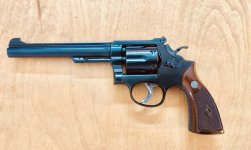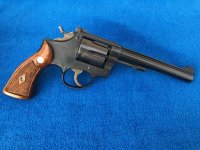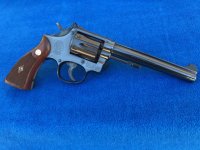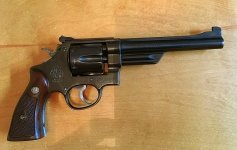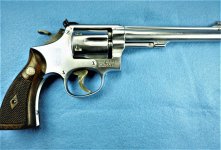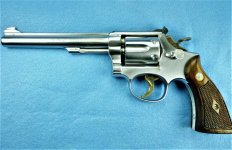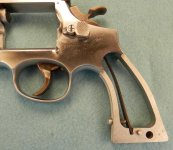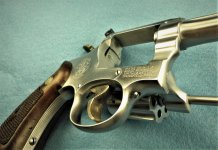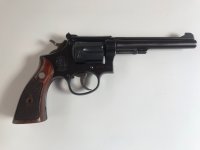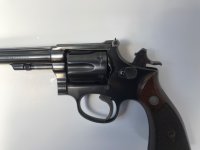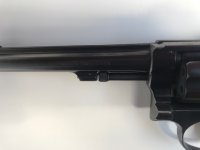peterdeb
Member
Reading another thread about a K22 pickup that the new owner didn't like the bright, shiny blued finish on the K22, but preferred a dull or satin finished one. Is there a hard fast rule that say certain model years had the shiny finish and other model years had the satin finish? Was one a special order? I didn't realize there were different finishes of the bluing, I just thought the dull finish was the result of a bad bluing day at S&W.
Last edited:

